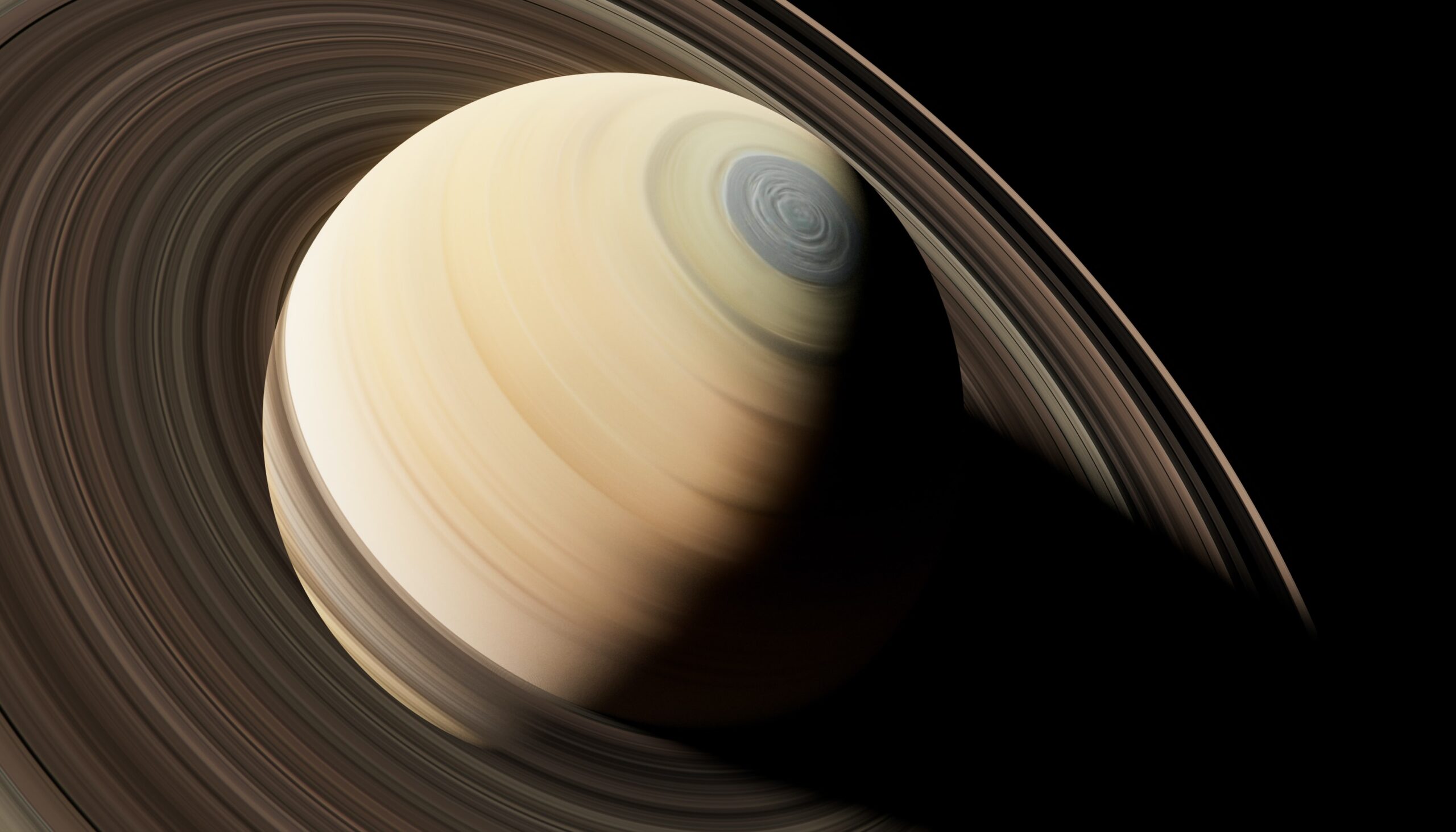
Mysteries Beneath the Clouds of Saturn
Known for its stunning beauty, Saturn has captured imaginations since the ancient times. But it wasn’t until 400 years ago, with the invention of the telescope, that the public could observe the planet more closely. Galileo Galilei was the first to see Saturn’s rings, but he certainly was not the last.
Through the Voyager and Cassini missions, the scientific community has learned more than our ancestors could even imagine about the mysteries of Saturn. We’ve taken detailed pictures in multiple wavelengths of light, studied the composition of its famous rings, and even explored its moons in hopes of understanding the history and the destiny of the planet.
But there are still so many secrets shrouded beneath the clouds of Saturn. So let’s dive down through the atmosphere and into the unknown world below.
The Interior
The planet is made of three inner regions. The outer layers consist mostly of molecular hydrogen while the inner regions are rich in helium. The central (or core) region of Saturn is made up of the heavier elements, classified as elements that are larger than hydrogen and helium, such as iron and nickel. Now the core is a very interesting part of the planet because nobody knows just how solid it truly is. While gas planets do not have a “surface” like in the inner planets do, they do have a core made out of rocky material. Scientists believe that when the planet was forming, nearly 4.5 billion years ago, the rocky core formed first. When it had accumulated enough mass, it started to gather the hydrogen and helium around itself until the planet grew to be around 10 times the diameter of Earth.
The Hexagonal Storm
One of the most fascinating features of Saturn is its hexagonal storm, located at its north pole. First found by Voyager and later studied in depth by Cassini, this storm system is incredibly unique and is found nowhere else in our star system. At 32,187 kilometers (20,000 miles) in diameter, the storm is about 2.5 times greater than the diameter of Earth. For years, scientists struggled to understand why the storm took on a hexagonal shape. On Earth and Jupiter and Neptune, storms take on a roughly circular shape due to the Coriolis effect, so why didn’t the same logic apply to the storm on Saturn?
New models theorize that wind flows located deep within the atmosphere create multiple smaller cyclones that collectively surround a large horizontal jet stream. The smaller storms work together to pinch that jet and essentially warp it into a hexagonal shape. It’s the same idea as placing a big rubber band around a smaller rubber band and then pulling the bigger band at the ends, warping the inner band into a similar shape. The smaller storms work the same way to give the overall storm its unique shape.
But why a hexagon? Many of the models run by scientists create a polygon with more sides and different wind speeds. There’s a piece of the puzzle we’re missing, and it may have to do with the processes occurring in the mysterious deep interior of Saturn.
The Magnetic Field
Understanding what the interior is like will not only allow us to understand the nature of storms on Saturn, but also bring us one step closer to solving yet another mystery. For some reason, Saturn seems to have a magnetic field that is almost perfectly symmetrical around its rotational axis. For comparison, Earth’s magnetic is not perfectly symmetrical because solar wind pushes the field in on the side facing the sun and expands it out on the side not facing the sun. This ensures that the field is never really symmetrical. We know that solar wind definitely exists in the outer solar system, but something is keeping Saturn’s field symmetrical, as if the solar wind has virtually no effect on the field itself.
Scientists still don’t know exactly why this is the case, but may believe that the answer lies within the depths of Saturn. Magnetic fields are generated in the deep interior of a planet. With Earth, we can study the interior and therefore understand the field. However, not enough is known about the interior processes on Saturn to understand why the field behaves the way it does.





Tagged neutronstars, pulsar, space, universe